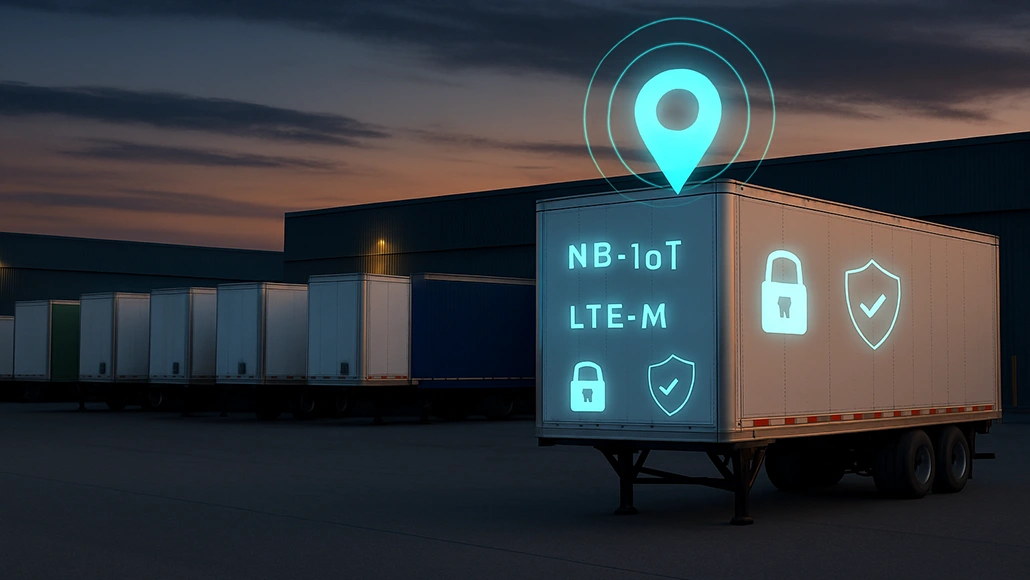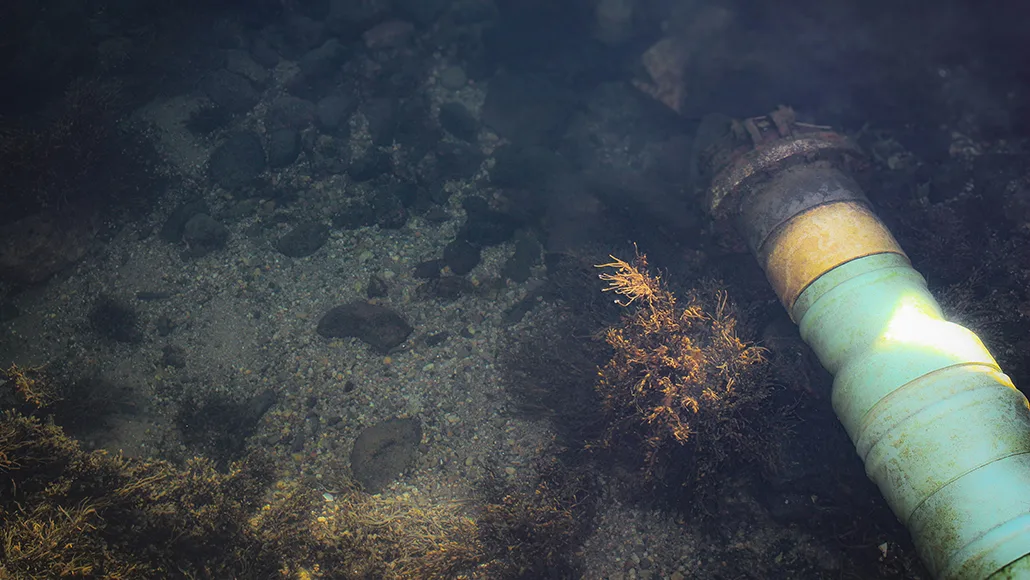His Rare Traxcavators are for Show – His Vintage Cats are for Work
This collector/contractor restored rare machines that inspired Cat's track loaders and runs vintage Cat dozers, scrapers and motor...

Bill Deutsch has a rare collection of crawler tractors equipped with the Trackson Traxcavator, an invention that led to Caterpillar developing the modern-day track loader.
He even has what could be the only one of its kind left, a 1930s prototype of the Trackson Traxcavator attachment on an International I-30 tractor, called the International TracTracTor.
Another unusual aspect to Deutsch’s vintage-equipment collection is that he uses a lot of the machines in his operations as the owner of Deutsch Excavating in Northfield, Minnesota. That includes 1950s-era cable Cat dozers, scrapers and motor graders.
Acquiring the Cat Traxcavators and TracTracTor came about after friends urged him to go to some antique tractor shows.
Using the vintage Cats came about from a need for bigger equipment during the Great Recession, when he didn’t have enough money to buy new or even operable used ones.
Since then, he’s grown to love the pre-hydraulics machines, appreciating their history, unique feel and simplicity.
“It's old-fashioned mechanics,” he says. “It's a joy to work with because it's virgin steel. There's no garbage in it like we have today.”
“It is the simplicity of it,” he adds. “If it doesn't work, it's because there's literally something broken, not because there's a broken wire or sensor.”
Finding a Rare Prototype
 Bill Deutsch did some sleuthing to find this rare 1930s prototype of the International TracTracTor with Trackson Traxcavator and crawler kit, which he has beautifully restored.Bill Deutsch
Bill Deutsch did some sleuthing to find this rare 1930s prototype of the International TracTracTor with Trackson Traxcavator and crawler kit, which he has beautifully restored.Bill Deutsch
Trackson produced attachments for tractors in Milwaukee starting in 1922 and came up with the name Traxcavator, which is a combination of “tractor” and “excavator.” In the late 1940s, Trackson and Caterpillar collaborated on a Trackson HT4 hydraulic loader on a Cat D4, one of which Deutsch also acquired.
Caterpillar bought Trackson in 1951 and began selling crawler tractors equipped with the cable attachments as Traxcavators for a short time. The Traxcavator concept evolved into the No. 6 Shovel in 1953, also known as the Traxcavator, and eventually to Caterpillar’s modern-day wheel loaders and track loaders.
 Bill Deutsch's Cat D4 with Trackson HT4 hydraulic loader and the prototype International TracTracTor with Trackson cable loader.Bill Deutsch
Bill Deutsch's Cat D4 with Trackson HT4 hydraulic loader and the prototype International TracTracTor with Trackson cable loader.Bill Deutsch
“And that's how I found the guy and pulled in the driveway and knocked on a door and asked him questions, and we were right,” Deutsche says. “I’ve had some pretty good luck doing that kind of thing.”
Turns out the owner had bought the prototype tractor by accident. He thought he was bidding on a different one at auction but mistakenly bought the tractor next to it.
“It didn't fit his collection. He's a John Deere guy,” Deutsch says. “He was willing to sell it to me because I have a better Trackson collection.”
Deutsch says International Harvester and Trackson collaborated on the prototypes, of which three were made sometime between 1934 and 1936. Trackson also supplied the track kits for the tractors.
The three prototypes were sent to iron mines in northern Minnesota to be tested. International eventually sent a truck to pick up the prototypes, but only two of the prototypes fit on the truck. So one stayed at the mine and over time went to auction, then ended up with Deutsch.
“I felt pretty fortunate to get that.”
Hobby Turns to Necessity
 Bill Deutsch built this 50-year-old D6C using parts from two of the vintage dozers, which he still runs for Deutsche Excavating, along with 1950s Cat pull-type scrapers.Bill Deutsch
Bill Deutsch built this 50-year-old D6C using parts from two of the vintage dozers, which he still runs for Deutsche Excavating, along with 1950s Cat pull-type scrapers.Bill Deutsch
He had formed the company in 2000 and was doing well. But in 2007-2008, like most of the construction industry, things took a drastic turn for the worse.
“I needed some bigger machinery, and I didn't have a ton of money to spend,” he recalls.
He settled on a Cat D6C dozer – actually, two dozers. One had good tracks and a bad engine, and the other had a good engine and bad tracks.
“So I put the two together and made a really good machine out of it,” he says.
“My frontline bulldozer that I use is a 50-year-old D6C.”
He uses his Cat No. 12 motor grader to plow snow each year for a nearby town.
“It is the main piece of my winter income – from 1958,” he says and chuckles.
“People don't know how old it is. They know it's older because a lot of my stuff is older. But they don't have a clue that it's almost 70-some-odd years old. It still looks nice.”
 This 1958 Cat No. 12 motor grader is Deutsch Excavating's main revenue producer during winter.Bill Deutsch
This 1958 Cat No. 12 motor grader is Deutsch Excavating's main revenue producer during winter.Bill Deutsch
When it comes to moving lots of dirt, he goes to his three cable scrapers: a mid-1940s to early 1950s Cat 70 Round Bottom, a Cat 80 Flat Bottom from the early 1950s and a LaPlante 108 from the 1940s.
“That is the funnest way to move dirt,” he says, “with a Cat scraper.”
Three for the Show
 Bill Deutsch with his late-1940s Trackson T4 Traxcavator on a Cat D6.Bill Deutsch
Bill Deutsch with his late-1940s Trackson T4 Traxcavator on a Cat D6.Bill Deutsch
“They very rarely ever come out,” he says. “It's got to be a pretty big, important show for me to drag something like that out.”
All three run, though. But the prototype is definitely quirky.
“It steers with a steering wheel,” he explains. “It doesn't have levers.”
It is started by a rear crank through the PTO.
“When you're running it, you're totally blind in front,” he says. “You can't see a thing.”
It also has an open differential in which the brake on one side tightens when turning the steering wheel. “If you stop that left side, the right side instantly doubles its speed because it's an open differential, and then it'll take off around,” he says and laughs. “It's kind of not very operator-friendly at all.”
Vision and operation are much better on the Cat Trackson models. “The winch sits up about a foot and a half, 2 feet higher than the top of the hood, and you can look underneath the winch and through the grille and see what you're doing,” he says. “So they fixed that visibility problem when they made the Caterpillar-mounted tracks and units.”
Winding Down
 From left, Bill Deutsch's late-1940s Trackson T6 Traxcavator on Cat D6 and Trackson T4 Traxcavator on Cat D4.Bill Deutsch
From left, Bill Deutsch's late-1940s Trackson T6 Traxcavator on Cat D6 and Trackson T4 Traxcavator on Cat D4.Bill Deutsch
“My life is full. I'm done buying. I do keep an eye out, and I try to get friends of mine to buy.
“It's always more fun to spend someone else’s money,” he says and laughs.
As for buying vintage equipment to restore for his company, he’s not interested in that either.
Thinking back to the D6C he bought during the Great Recession, he says, “Would I do that again? No, I'm getting older. I can't do what I used to do.”
He chuckles and adds, “I have a few more dollars now than what I did back then.”
As for the vintage equipment, though, he keeps it running.
“The antique – I'm talking like cable – it still is productive, but you have to know what you're doing,” he says. “They were really built to do the work and be repaired.”
 Bill Deutsch's 1950s Cat 3T D7 ready for action.Bill Deutsch
Bill Deutsch's 1950s Cat 3T D7 ready for action.Bill Deutsch

 machineryasia
machineryasia 






